10 Easy & Popular Patio Perennial Vegetables

Grow popular perennial vegetables year round. This means that with proper planning you can grow your own greens any time. We have included 10 of the most popular patio perennial vegetables. You can move the pots easily into the garage if the weather gets too cold or wrap the pot in bubble wrap. Read on, to find out how to care for patio perennial vegetables.
Which Perennial Vegetables Grow Year Round?
There are many perennial vegetables that are easy to grow. This book sold on Amazon: Perennial Vegetables: From Artichoke to Zuiki Taro by Eric Toensmeier, has more than 100. However, we picked 10 to grow in containers. Pots allow you to move your garden to a sheltered area if a hard freeze is on the way.
Asparagus – Asparagus officinalis
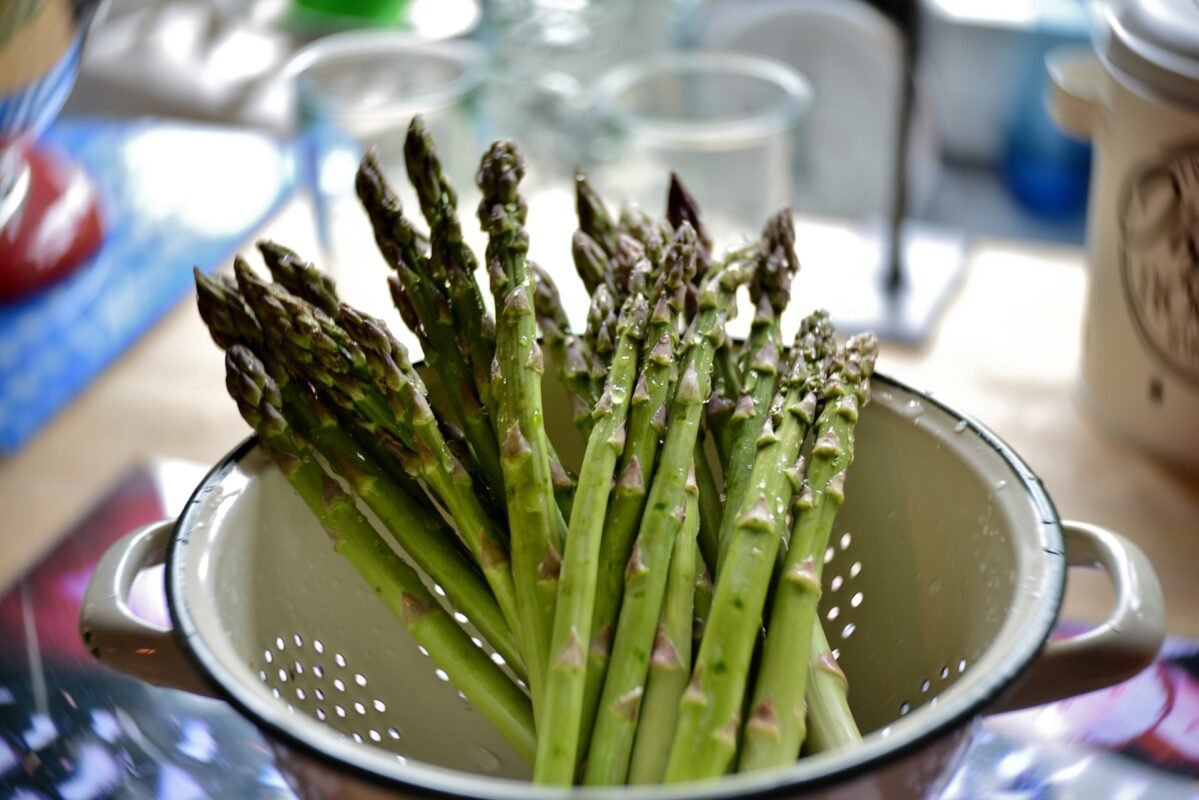
Asparagus are perennial vegetables that like full sun but enjoy long winters. They like to sleep for a while. Plant 5-10 plants per person. Asparagus takes a few years (2-3 yrs.) to get established but then they grow like mad. Asparagus send up a few spears every day. Once established expect to harvest 1/2 lb. per foot. Plant from seed indoors, transplanting in 12-14 weeks, or use 1 year old “crowns” in a soil with 6.5 Ph. Use well drained soil as Asparagus do not like wet feet (roots).
Broccoli – Brassica oleracea

Broccoli likes full sun in slightly acidic soil of 6.5 Ph and produces yellow flowers. After you harvest the main head of broccoli it continues to grow side shoots that you can enjoy. Broccoli is a perennial vegetable that can be seeded in soil as low as 40F. Start seeds early spring and stagger plantings throughout summer until 85-100 days before first hard frost. Seeds can be started 3″ apart but thin to 12-20″ per container. Work a good compost into the soil.
Rhubarb – Rheum rhabarbarum
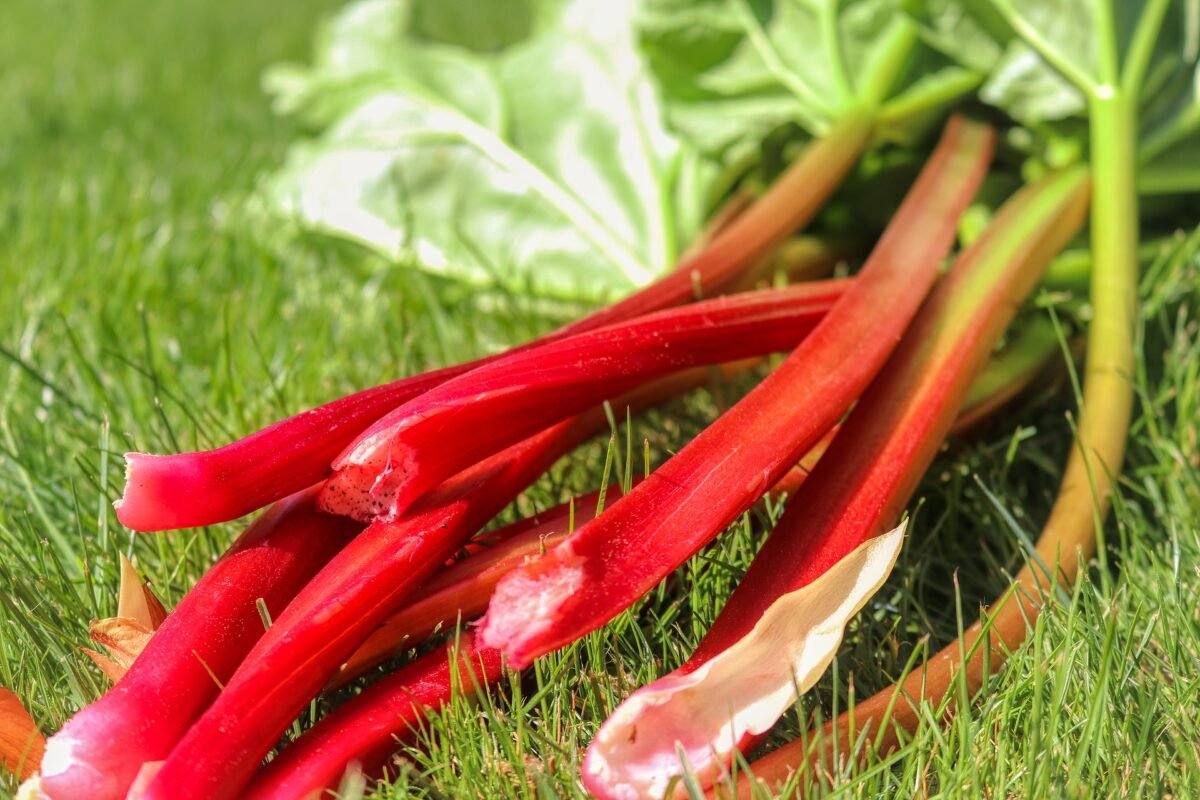
Rhubarb grew wild in my grandma’s garden and she always made strawberry/rhubarb pies. This is a favorite of mine. These perennial vegetables like full to partial sun with a slightly acidic soil at 6.5 Ph. Plant rhubarb crowns after a hard frost and the rhubarb will come up in spring. Or, plant in spring when the soil is 50F. Good drainage is key and work a lot of compost into the soil. Use a big pot for 1 plant because it can get 2-3 ft tall and wide.
Kale – Brassica oleracea

Kale likes full sun to partial shade with a slightly alkaline soil of 6.8-7..5 Ph. Kale is very cold tolerant so seedlings can be set out 5 weeks before the last frost. It can be started from seed or transplanted. You can harvest early summer or plant later and harvest throughout the fall. It can be grown in a cold frame through the winter. Enrich your soil with nitrogen or blood meal. You can add 10-5-5 fertilizer to top 3-4″ of soil, about 1/4 to 1/2 cup per pot.
Garlic – Allium sativum

Plant garlic Sept-Nov in soil with a Ph at 6.5. It likes full sun. Garlic needs a cold period of at least 40F for 4-6 weeks. Put cloves in the frig if you live in a hot climate or want to plant in late spring. These perennial vegetables need very little water in well mulched soil. But in dry soil water thoroughly every 5 days. Cut off early flowers. Well-drained soil is best and they like 6-8 hours of sunlight. Use a 5-10-10 fertilizer with fish meal. Plant large healthy cloves 2-4″ apart and 2″ deep with the wide root-side down. Each 12: container can hold 2 plants.
Spinach – Spinacia oleracea

Spinach makes you strong. This perennial vegetable likes full sun in neutral 6.0 Ph well-drained soil. Spinach is a cold loving plant so it can tolerate temperatures to 40F. In fact, it will not germinate over 70F so in hot climates plant in the fall and use a cold frame if needed. Direct seeding is best since seedlings do not tolerate transplant. Seed 1/2 to 1″ deep about 12 seeds per foot. Thin to 3-4″ apart. No need to fertilize if the soil is the proper Ph. Established plants can tolerate cold to 15F. Companion plant with radishes as it lures pests away but does not inhibit radish bulb growth.
Lettuce – Lactuca sativa
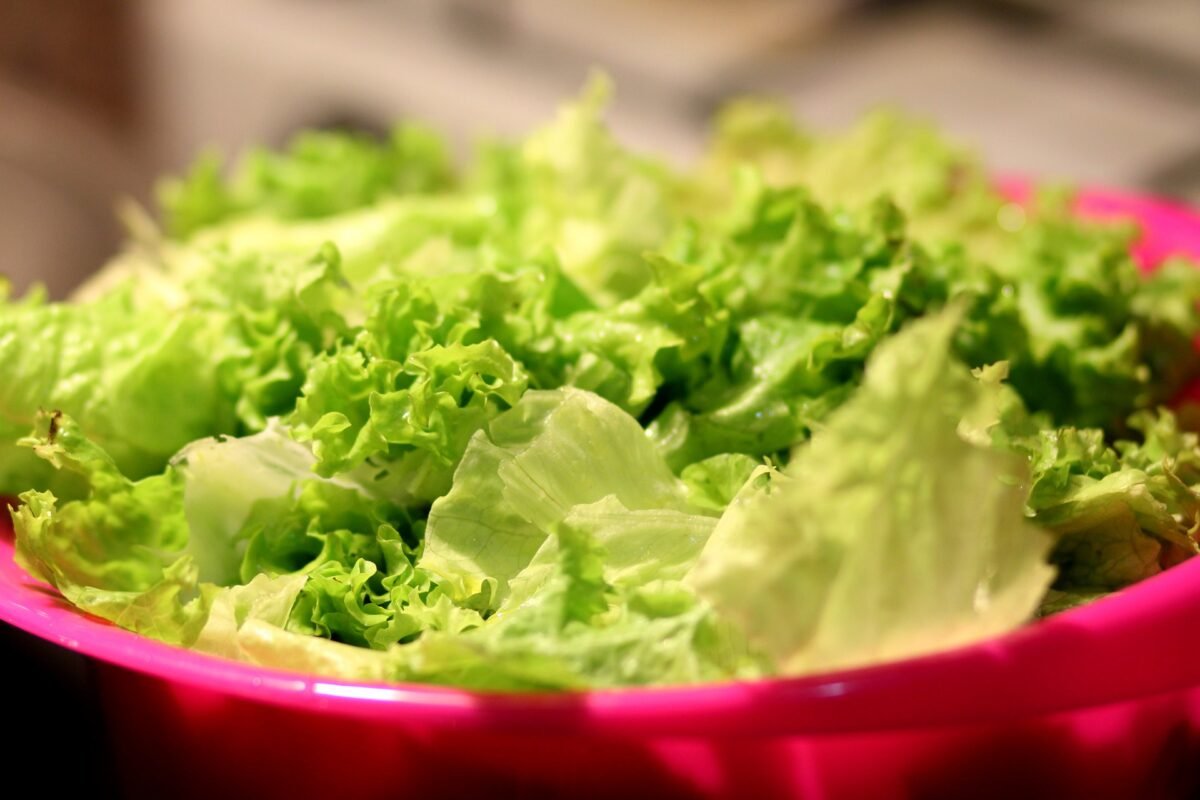
In Malaysia, many Malaysians use “salad’ as the word for lettuce. Lettuce likes full sun but mostly partial shade (about 6 hours of sun) in 6.5-6.8 Ph well-mulched soil. Lettuce likes moist but not soggy soil. Direct seed lettuce after the soil warms over 40F. Transplant once seedlings harden off. Plant every 2 weeks for a continual supply. Place seeds close together to discourage weeds. Plant 1/4 to 1/2″ deep and thin 4” apart once 3-4 leaves appear. Plant with garlic or chives to control aphids.
Sweet Potato –Ipomoea batatas
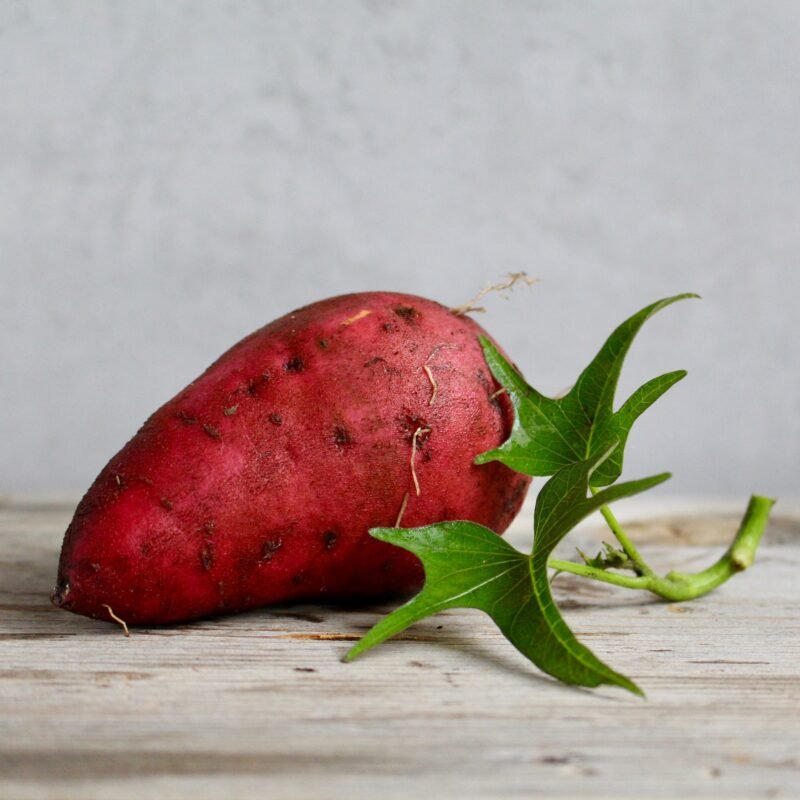
Sweet potatoes are easy to grow in sunny areas with soil at 6 Ph. These are drought tolerant and warm weather plants. They must be planted 3-4 weeks after last possible frost, at least 55F. They mature in 90-120 days so make sure your season is long enough. Plants are started from slips or sprouts off of a sweet potato plant. (see slip in picture at left.) Grow slips by putting a sweet potato in a container with organic soil warm enough at 75F. Place a little soil on top. Slips will grow from the potato with leaves and roots at joints in 4-6 weeks. Transplant the slips into pots with loose soil, fertilized with high phosphorous fertilizer, keep moist, and provide a trellis for the vines to run. Harvest potatoes about 100 days after planting or when vines start to yellow.
Blackberry Bushes – Rubus fruticosus

Blackberries or any berries are great to grown for the food, the fencing, and their benefits to birds and pollinators. They are delish in desserts too! Plant in spring or fall (mulch if in a very cold area) from cane cuttings from another plant. Enrich soil with compost. Plant only one cane per pot or better yet, plant in a row in your side yard 5-6 feet apart. Mulch deep to discourage weeds and keep in moisture. Feed often with a 10-10-10 fertilizer. Pick and eat straight off the vine when plump and still firm.
Good-King-Hentry –
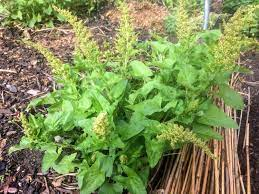
Good-King-Henry is a perennial vegetable that I have never grown. Most of the plant can be harvested for food. It likes fairly moist or well mulched soil with full or partial shade. It tolerates a wide Ph from 5-8. (Learn more about Ph and how to measure it by clicking link to my other post.) The soil should be fairly loose with a good compost added. Plant about 18″ apart and keep weeded and well watered. Leave the plant alone the first year as it will send out shoots. You can harvest a few shoot leaves for salads. Pretty much all of the plant can be eaten the second year. Cook leaves like spinach. Harvest seeds to be ground and added to flour for baking.
Why Plant Perennial Vegetables in Containers?
Placing perennial vegetables in pots allows you to move the plant into a shed with artificial lighting to extend the season year round. Or put pots in a tall cold frame to protect plants from hard frosts.
In hot climates plants moved to shadier areas are cooler. Moisten the pots to keep roots cool.
Benefits of Perennial Vegetables
- Grow Great – once established, perennial vegetables are pretty low maintenance.
- Extend Your Harvest – Harvest almost year round by properly feeding and carubg for perennial vegetables.
- Great for the Environment since we can eat the produce year round and it also feeds pollinators.
- Improves the Soil by fixing nitrogen into the soil. You can use a scoop or two from your container for other parts of your garden.
- Growing perennial vegetables in containers allows you to control their growth since some can take over your garden if not cut back.
Special Winter Care For Perennial Vegetables
Moving pots into a shed, protects perennial vegetables in pots from the cold. The best way to grown perennials is to put them in built cold frames. The frame protects from a hard frost but has the advantage of sun in cool temperatures. If you do not have cold frames built yet, and the pots are too big to move, wrap pots with bubble wrap to protect the roots from freezing.
Conclusion
I love perennial vegetables in my garden because I know I will have access to food year round. Here in Malaysia, perennials make it seem like a garden of Eden with all of the edibles available. I even have boysenberries for a sweet treat. (Berries are hard to grow here since it’s so hot.) Do you have perennial vegetables in your garden? Let me know by clicking on the button. The button take you to a comment page form in a new tab.
This post contains an affiliate link directly to Amazon. If you buy anything from Amazon when following that link, Amazon will pay me for advertising on this page. Thank you for your support.